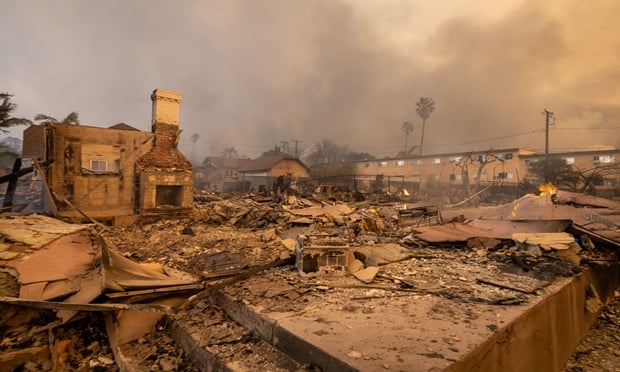Swiss Re today proclaimed 2005 "the costliest year ever for insurers" with estimated insured losses of $80 billion and 112,000 deaths worldwide.
The Zurich-based reinsurer, in a preliminary estimate of worldwide natural and man-made catastrophes this year, put total financial losses at around $225 billion, $80 billion of which were covered.
Natural and man-made catastrophes in 2005 accounted for $225 billion in direct financial losses to buildings, infrastructure and vehicles, Swiss Re said.
Recommended For You
Want to continue reading?
Become a Free PropertyCasualty360 Digital Reader
Your access to unlimited PropertyCasualty360 content isn’t changing.
Once you are an ALM digital member, you’ll receive:
- Breaking insurance news and analysis, on-site and via our newsletters and custom alerts
- Weekly Insurance Speak podcast featuring exclusive interviews with industry leaders
- Educational webcasts, white papers, and ebooks from industry thought leaders
- Critical converage of the employee benefits and financial advisory markets on our other ALM sites, BenefitsPRO and ThinkAdvisor
Already have an account? Sign In Now
© 2025 ALM Global, LLC, All Rights Reserved. Request academic re-use from www.copyright.com. All other uses, submit a request to [email protected]. For more information visit Asset & Logo Licensing.








